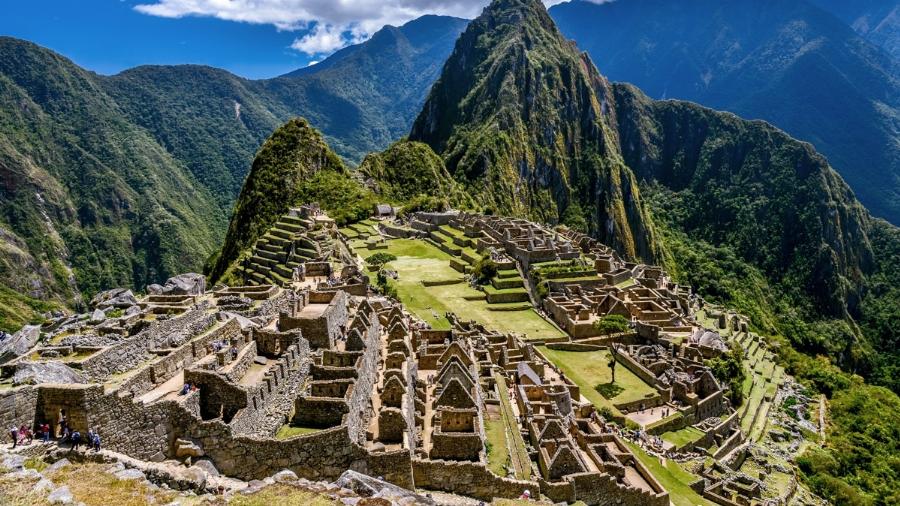Alpaca origins can be traced back to the high Andes Mountains of South America, specifically modern-day Peru, Bolivia, Chile, and Ecuador. These camelids, closely related to llamas, have a rich history intertwined with the ancient cultures of the region. For thousands of years, alpacas have been valued not only for their luxurious fleece, but also as important pack animals and a source of sustenance. But just how far back does their story go, and what makes understanding their origins so crucial to appreciating these unique creatures? Let’s delve into the fascinating world of alpaca origins and discover the secrets behind their enduring appeal.
Where Do Alpacas Come From? (Alpaca Origins: A Geographical Perspective)
Alpacas originated in the Andes Mountains of South America, thriving in the harsh, high-altitude environments. Their wild ancestor, the vicuña, still roams these rugged landscapes. Centuries of selective breeding by indigenous peoples have resulted in the domesticated alpaca we know and love today. Their ability to adapt to such challenging conditions is a testament to their resilience and a key factor in their survival throughout history.
 Alpacas in their natural habitat in the Andes Mountains
Alpacas in their natural habitat in the Andes Mountains
The History of Alpaca Domestication (Alpaca Origins: Taming the Wild)
The domestication of alpacas began over 6,000 years ago, predating even the Incas. These ancient civilizations recognized the value of the alpaca’s incredibly soft and warm fleece. They developed sophisticated breeding techniques, carefully selecting for desirable traits like fiber fineness and color. This meticulous process led to the development of the two main alpaca breeds we see today: the Huacaya and the Suri. Imagine the dedication and patience required to shape these animals into the gentle, fleece-bearing companions they are now!
 Ancient Inca people interacting with alpacas
Ancient Inca people interacting with alpacas
Types of Alpacas and Their Distinguishing Features
Two primary types of alpacas exist, the Huacaya and the Suri, each possessing unique fleece characteristics. The Huacaya, the more common breed, boasts a dense, crimped fleece, giving it a fluffy, teddy-bear-like appearance. The Suri, on the other hand, has long, silky, dreadlock-like fiber that hangs down in lustrous locks. Understanding these differences is key to appreciating the variety and versatility of alpaca fleece. Which type do you find more captivating?
Huacaya Alpacas: The Fluffy Favorites
Huacaya alpacas are known for their dense, crimped fleece, reminiscent of a fluffy cloud. This fleece is highly sought after for its warmth, softness, and durability, making it ideal for a wide range of products from cozy sweaters to luxurious blankets. Their adorable appearance also contributes to their popularity.
Suri Alpacas: The Silky Sensations
Suri alpacas, with their long, silky locks, possess a unique elegance. Their fleece, prized for its drape and sheen, is often used in high-end fashion and textiles. The distinct appearance of the Suri sets it apart, adding a touch of luxury to any alpaca herd.
Alpaca Care and Husbandry: Ensuring Their Well-being
Providing proper care and husbandry is essential for maintaining the health and happiness of your alpacas. They require a balanced diet, access to fresh water, and regular shearing. Creating a safe and comfortable environment is crucial for their well-being. Just like any other livestock, alpacas thrive when their needs are met.
The Alpaca Industry and its Diverse Products
The alpaca industry has experienced significant growth in recent years, driven by the increasing demand for alpaca fleece and products. From luxurious garments and accessories to home furnishings and crafts, the versatility of alpaca fiber has captured the attention of consumers worldwide. This burgeoning industry provides economic opportunities for communities involved in alpaca farming and production.
Interesting Facts and Myths about Alpacas
Alpacas are fascinating creatures, shrouded in both facts and myths. Did you know that alpacas are incredibly social animals, communicating through a series of hums, clicks, and body language? Contrary to popular belief, they are not aggressive and are known for their gentle nature. Unraveling these intriguing aspects of alpaca behavior adds another layer of appreciation for these unique animals.
Frequently Asked Questions about Alpaca Origins
Q: What is the lifespan of an alpaca?
A: Alpacas typically live for 15-20 years, providing companionship and valuable fleece for many years.
Q: Are alpacas good livestock guardians?
A: Yes, alpacas are often used as livestock guardians, protecting sheep and other smaller animals from predators.
Q: What are the benefits of alpaca fleece?
A: Alpaca fleece is hypoallergenic, incredibly soft, warm, and durable, making it a superior fiber for various applications.
Q: What is the difference between an alpaca and a llama?
A: While related, alpacas are smaller than llamas and are primarily raised for their fleece, while llamas are often used as pack animals.
Q: Where can I purchase alpaca products?
A: Alpaca products are available from various sources, including online retailers, local farms, and specialty stores. Be sure to check out the exquisite offerings at lovepanchita.com!
A Final Word on Alpaca Origins
Understanding alpaca origins allows us to appreciate the rich history and cultural significance of these remarkable animals. From their Andean roots to their global presence today, alpacas continue to captivate with their gentle nature and luxurious fleece. Explore the world of alpacas further, and discover the unique charm of these gentle giants. Don’t forget to visit lovepanchita.com for more information on alpaca origins and to explore our exclusive collection of alpaca products!